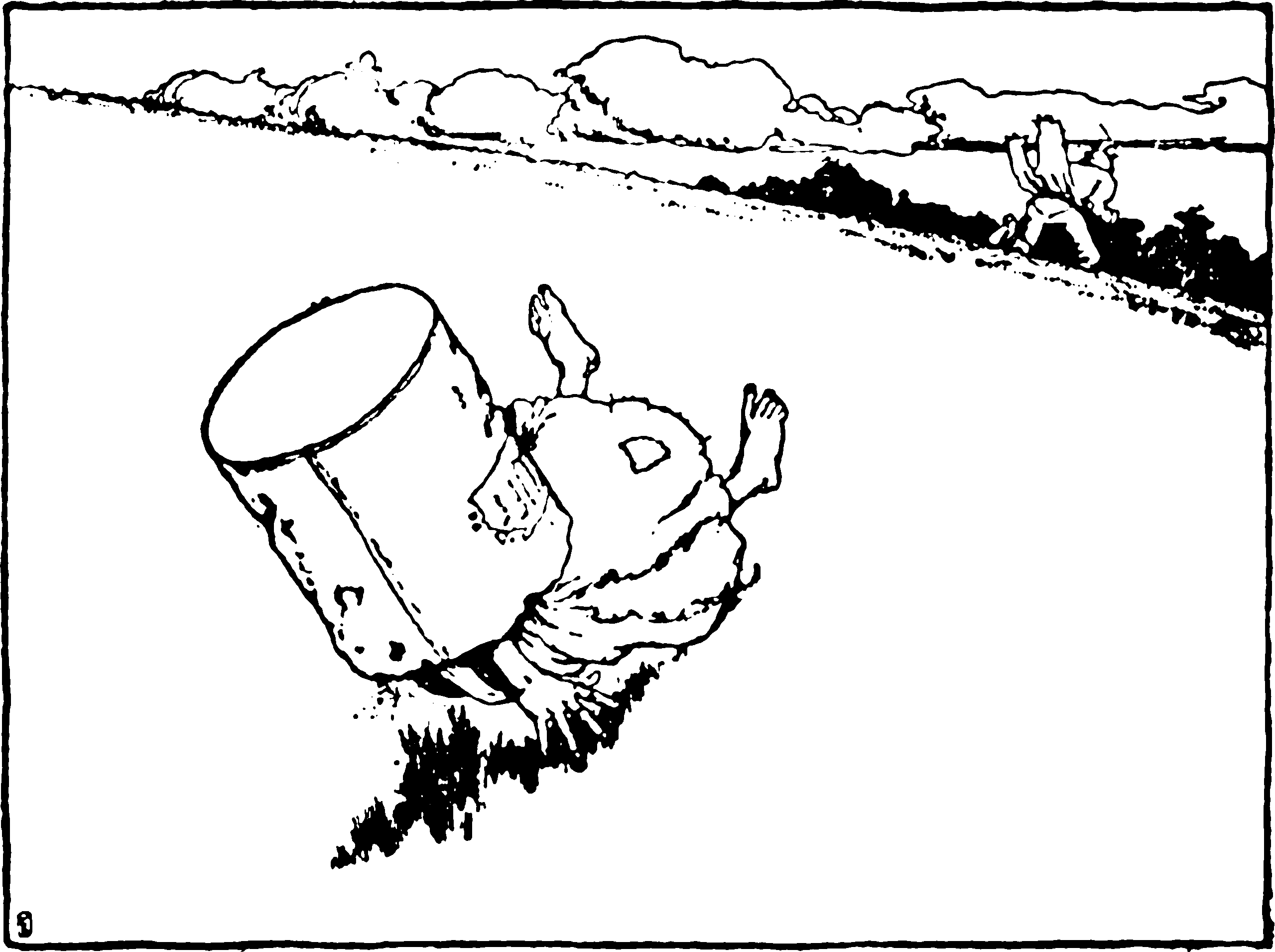Bayesian and causal inference by foundation models
August 29, 2024 — August 29, 2024
Suspiciously similar content
Placeholder, for exploring the idea that transformers or their ilk might be good at actual general causal inference, without the explicit design of causlity inference.
As set functions, transformers look a lot like ‘generalized inference machines’. Are they? Can we make them do ‘proper’ inference, in some formal sense?
This is a scrapbook of interesting approaches; Bayesian inference over LLM outputs, understanding in-context learning as Bayesian conditioning, and so on.
Last time I checked, this phenomonon was understood empirically; there are lots of reasons we might imagine it can happen in practice.
Probably connected: LLM explanation via Sparse Autoencoders, causal inference in foundation models, and so on.
First one:
Alireza Makhzani introduces Zhao et al. (2024):
Many capability and safety techniques of LLMs—such as RLHF, automated red-teaming, prompt engineering, and infilling—can be viewed from a probabilistic inference perspective, specifically as sampling from an unnormalized target distribution defined by a given reward or potential function. Building on this perspective, we propose to use twisted Sequential Monte Carlo (SMC) as a principled probabilistic inference framework to approach these problems. Twisted SMC is a variant of SMC with additional twist functions that predict the future value of the potential at each timestep, enabling the inference to focus on promising partial sequences. We show the effectiveness of twisted SMC for sampling rare, undesirable outputs from a pretrained model (useful for harmlessness training and automated red-teaming), generating reviews with varied sentiment, and performing infilling tasks.
Our paper offers much more! We propose a novel twist learning method inspired by energy-based models; we connect the twisted SMC literature with soft RL; we propose novel bidirectional SMC bounds on log partition functions as a method for evaluating inference in LLMs; and finally we provide probabilistic perspectives for many more controlled generation methods in LLMs.
More methods in the references.

